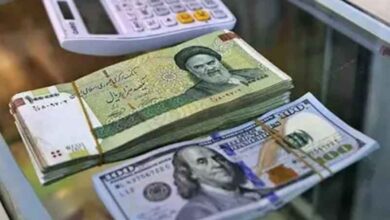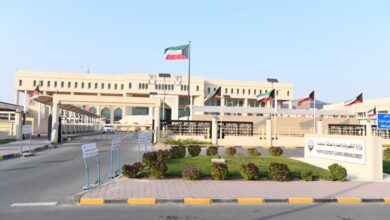India, A Tapestry of Culture and Traditions
“India’s rich culture and traditions are a vibrant blend of the ancient and the contemporary. Rooted in centuries of history, yet versatile to adapt to modern influences. Indian culture continues to evolve while retaining its essential values of unity in diversity, spirituality, and a deep respect for life.”
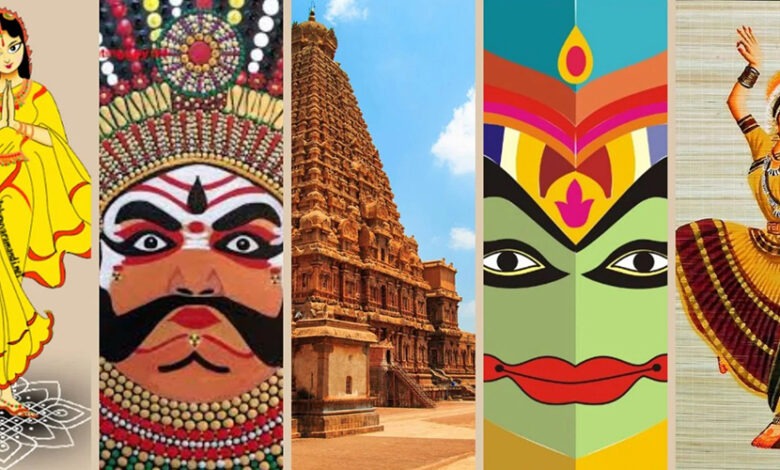
India, often described as a land of contrasts and diversity, is home to one of the oldest and most vibrant civilizations in the world. With a history spanning over 5,000 years, its culture and traditions are an intricate tapestry woven from myriad influences—ancient customs, multiplicity of religions, myriad languages, cuisines, festivals, arts, and more.
At the heart of Indian culture lies diversity. The country is home to over 1.4 billion people, speaking more than 1,600 languages and dialects. Each state and region in India has its own cultural identity, from the Tamil traditions of the south to the Punjabi and Kashmiri heritage of the north, the Assamese and Manipuri customs of the east, and the Rajasthani and Gujarati cultures of the west.
Religion also plays a central role in shaping India’s traditions. Hinduism, the predominant religion, influences many festivals, rituals, and philosophies. Other religions—Islam, Christianity, Sikhism, Buddhism, Jainism, and Judaism—also thrive in India, each bringing their own practices, festivals, and values. This pluralistic ethos is evident in the way religious holidays like Diwali, Eid, Christmas, Vaisakhi, and Buddha Purnima are celebrated nationwide.
Family structure in India traditionally revolves around the joint family system, where multiple generations live together under one roof. Although urbanization and modernization have led to a rise in nuclear families, respect for elders and strong family bonds remain deeply rooted in Indian society.
One of the most visible aspects of Indian culture is clothing. Indian attire varies widely based on region, climate, and occasion. Women often wear sarees, salwar kameez, or lehengas, while men don kurta pajamas, dhotis, or sherwanis during festivals and weddings. Bright colors and intricate embroidery are hallmarks of Indian textiles, with each state boasting its own traditional weaving or dyeing technique—like Banarasi silk from Uttar Pradesh or Kanjeevaram silk from Tamil Nadu.
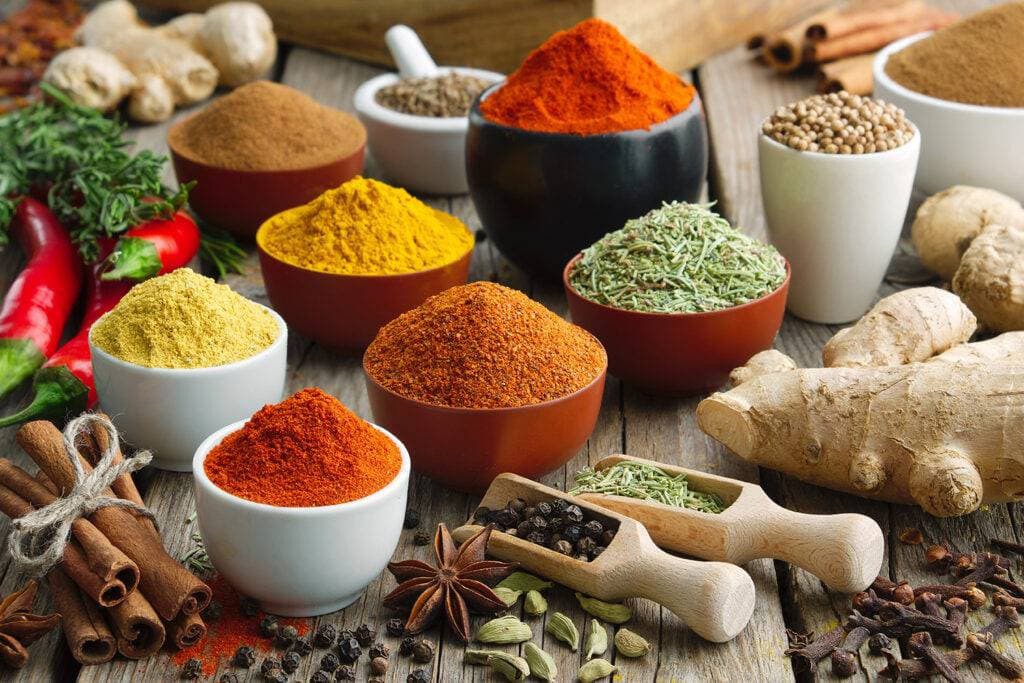
Cuisine is another integral part of Indian culture. It is as diverse as the country itself. Northern Indian cuisine is known for its rich, creamy gravies and breads like naan and roti, while Southern cuisine features rice, coconut, and spicy curries. Indian food uses a wide variety of spices, each with its own health benefits and flavor profile. Meals are often seen as communal gatherings, where food is shared with guests as a symbol of hospitality.
India is also renowned for its festivals, which are celebrated with great enthusiasm. In Hinduism, Diwali, the festival of lights, marks the victory of good over evil. Holi, the festival of colors, symbolizes the arrival of spring. Other popular celebrations include Navratri, Raksha Bandhan, Ganesh Chaturthi, Onam, Pongal, and Bihu. Similarly, Ramadan, Bakrid among Muslims, and Easter and Christmas among Christians are celebrated with equal zeal. These occasions bring communities together and are often accompanied by music, dance, feasting, and religious rituals.
The Indian tradition of arranged marriages still continues in many parts of the country. While modern attitudes are leading to more love marriages and greater individual choice, family involvement in matrimonial decisions is still seen as a way of preserving compatibility and cultural values.
Music and dance form the soul of Indian tradition. From classical forms like Bharatanatyam, Kathak, Odissi, and Kathakali to folk dances like Garba and Bhangra, each dance tells a story. Similarly, classical music traditions such as Hindustani and Carnatic music coexist with vibrant folk and contemporary music scenes.
Traditional arts and crafts continue to flourish in India. From Madhubani paintings in Bihar to Pattachitra in Odisha, from Rajasthani miniature paintings to intricate Mughal architecture, every form reflects a piece of India’s history. Handicrafts, pottery, jewelry-making, and textile weaving remain significant sources of livelihood in many rural communities.
India’s architecture mirrors its diverse cultural history. Ancient temples, historic forts, and colonial buildings coexist harmoniously with modern skyscrapers. The Taj Mahal, one of the Seven Wonders of the World, is a symbol of India’s architectural prowess and cultural richness.
The value system in Indian culture emphasizes humility, hospitality, tolerance, and non-violence. The concept of ‘Atithi Devo Bhava’ (Guest is God) reflects the deep respect for guests. Similarly, philosophies like ‘Vasudhaiva Kutumbakam’ (The world is one family) guide Indian thought.
Yoga and Ayurveda, both originating in India, are more than just wellness practices—they are spiritual traditions that promote balance and harmony. Today, yoga has gained global recognition, but it remains deeply rooted in Indian philosophy and spiritual discipline.
India’s tradition of hand gestures and greetings, such as ‘Namaste’ (joining palms together in reverence), expresses respect and warmth. This non-contact greeting has also been embraced globally, especially during the COVID-19 pandemic.
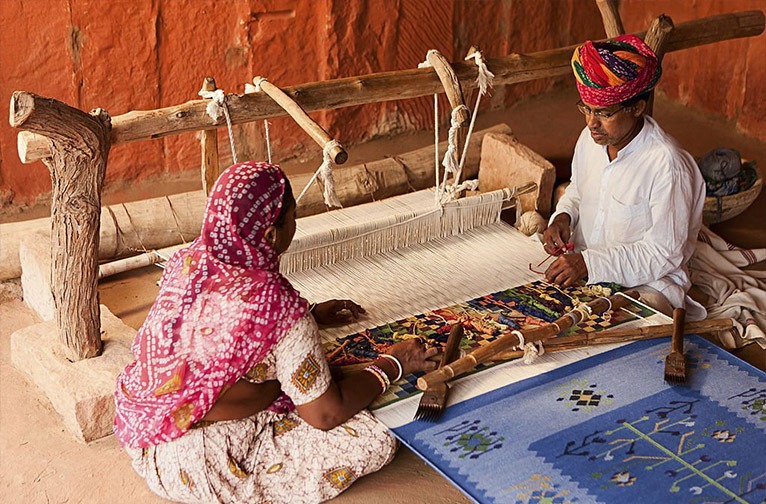
Caste and social hierarchy, though constitutionally abolished, still play a role in certain traditional settings, especially in rural areas. However, modern India is witnessing ongoing efforts to promote social equality, education, and economic opportunities for all.
Cinema and entertainment are powerful reflections of Indian culture. Bollywood, the Hindi film industry, along with regional cinemas, not only entertains but also portrays societal values, struggles, and aspirations.
Marriage ceremonies in India are grand affairs, often lasting several days. They involve numerous rituals, music, dance, and colorful attire. Each region and religion has its own unique traditions, making Indian weddings among the most elaborate in the world.
Despite the modernization of Indian society, respect for tradition remains strong. Whether it is touching the feet of elders, celebrating harvest festivals, or reciting ancient prayers, Indians often blend modernity with age-old customs.
In conclusion, India’s culture and traditions are a vibrant blend of the ancient and the contemporary. Rooted in centuries of history yet adaptable to change, Indian culture continues to evolve while retaining its essential values of unity in diversity, spirituality, and a deep respect for life.









